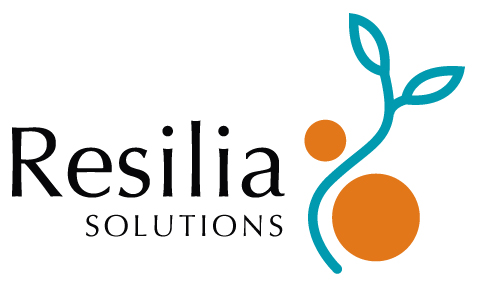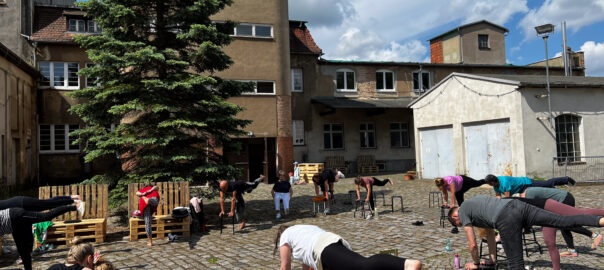Picture yourself in that dark grey building or street, which does not smell nice, feels unsafe and makes you wonder only about one thing: I feel so bad, why did I come here? Now, picture yourself in that same building or street wondering only about one thing: OMG, it’s an amazing place, why didn’t I come here earlier?!
So… what’s happened? What’s changed to this area that you have to twist your daily itinerary to come and enjoy this area? And what is there actually to do?
The 9 Project Partners of the GreenPlace network – Boulogne-sur-mer, Bucharest-Ilfov, Limerick, Löbau, Nitra, Onda, Quarto d’Altino, Vila Nova de Poiares, and Wroclaw- have experimented this journey, using the knowledge and methodology gathered over the first year and a half of the network. Their stories tell us more about actions to make abandoned buildings, forgotten tram depots, unused green areas, or unused yet to be renovated built areas – attractive and worth coming to.
Continue reading

